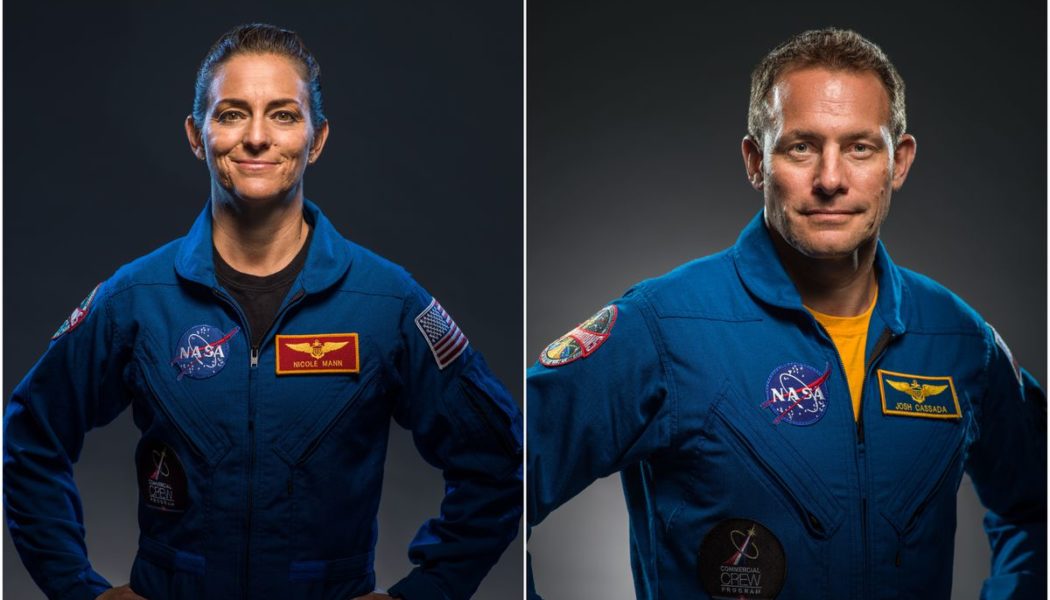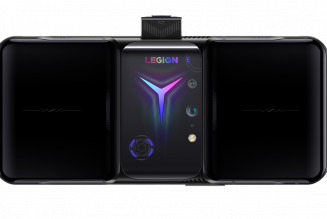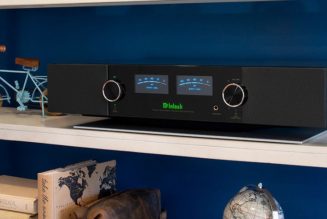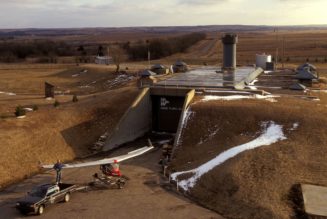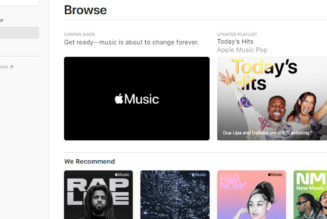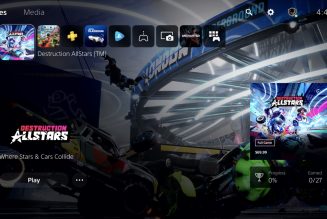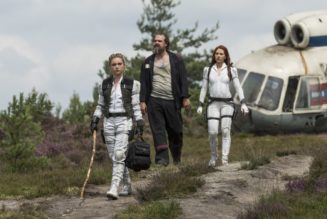Two NASA astronauts originally slated to launch on an upcoming flight of Boeing’s new Starliner spacecraft have been reassigned to an upcoming SpaceX flight instead, as delays continue to push back Starliner’s next flight to space. Astronauts Nicole Mann and Josh Cassada were supposed to be among the first human passengers on Starliner during its first crewed flights in the coming years. Now, they’ll fly together on SpaceX’s fifth crewed mission to the International Space Station, which is slated to take place in the fall of 2022.
Mann and Cassada were first assigned to fly on Starliner in 2018. Mann was supposed to fly on the Starliner’s first crewed test flight, along with Michael Fincke and Butch Wilmore — a critical test to prove that Starliner is safe to carry people. Cassada was slated to fly on the next flight after Mann’s, Starliner’s first official crewed mission, which also includes NASA astronauts Sunita Williams and Jeanette Epps. Both Mann and Cassada are rookie astronauts, while many of the other Boeing flyers have been to space before, except for Epps.
However, it’s unclear when any of these Starliner missions will take place, as Boeing is still working on a valve problem with the spacecraft. With no end in sight for the fix, NASA seemingly shuffled around crew assignments so that Mann and Cassada could get their first taste of space sooner rather than later. “Nicole and Josh have done a tremendous job pioneering the training and path forward for astronauts to fly on Boeing’s Starliner spacecraft,” Kathy Lueders, associate administrator of the space operations at NASA, said in a statement. “They have gained experience that they will take forward as they train to fly in SpaceX’s Crew Dragon spacecraft and serve aboard the International Space Station.” The reassignment was first reported by Ars Technica on Tuesday.
:no_upscale()/cdn.vox-cdn.com/uploads/chorus_asset/file/22905253/mann_cassada.jpeg)
Starliner is a Boeing-built spacecraft, designed to take passengers to and from the International Space Station as part of NASA’s Commercial Crew Program. The vehicle is one of two made for the program; the other is SpaceX’s Crew Dragon, which launched its first crew of astronauts in May 2020. As part of the development process, NASA wanted each company to launch its vehicle on an uncrewed test flight, followed by a test flight with crew on board.
So far, Starliner has only flown once without passengers on board, and its debut flight did not go to plan. During its launch, the spacecraft suffered multiple software glitches, which ultimately prevented the vehicle from reaching the orbit it needed to achieve to meet up with the International Space Station. Boeing was able to bring the spacecraft back to Earth safely, but NASA launched an investigation into the flight, coming up with a total of 80 corrective actions the agency wanted Boeing to take before proceeding. NASA and Boeing agreed that the company would get a do-over mission, in which Starliner would launch again without people on board.
However, it’s still an open question when that redo will take place. Boeing hoped to fly a passenger-less Starliner again this summer and even got as close as stacking the spacecraft on top of an Atlas V rocket on the launchpad. But the launch had to be postponed just hours before liftoff after Boeing discovered issues with some of Starliner’s propulsion valves. Eventually the company took Starliner off its rocket and transported it back to the factory to take a deeper look. There hasn’t been a solid update on when the issue will be fixed.
“We understand the agency’s need to make adjustments to get members of the current astronaut class flying experience on an operational vehicle while the development of the Starliner spacecraft continues,” Boeing said of the astronaut reassignment in a statement to The Verge. “We fully support NASA’s decisions and remain committed to putting the safety of the astronauts who will fly on our vehicle first.”
Meanwhile, SpaceX successfully completed its test flights with Crew Dragon and has already conducted two full passenger missions to the space station, launching a total of 10 astronauts to the ISS. The company’s next mission, called Crew-3, is slated for takeoff on October 30th. SpaceX is also slated to bring home its second group of passengers, Crew-2, from the space station in mid-November.
